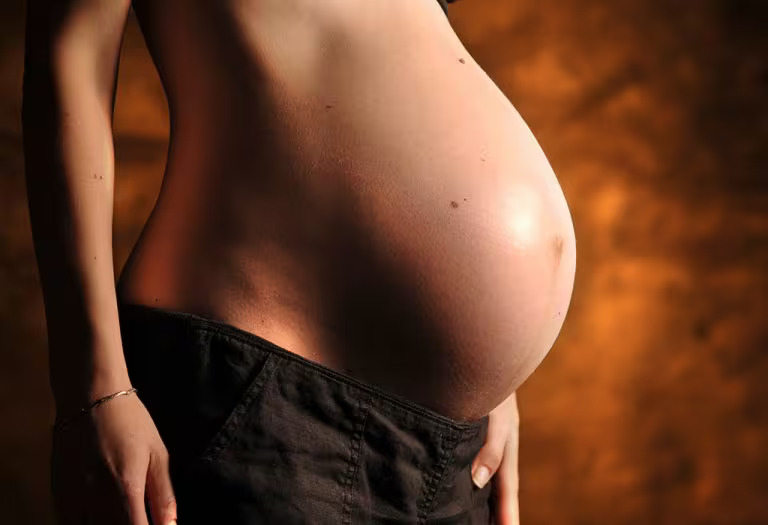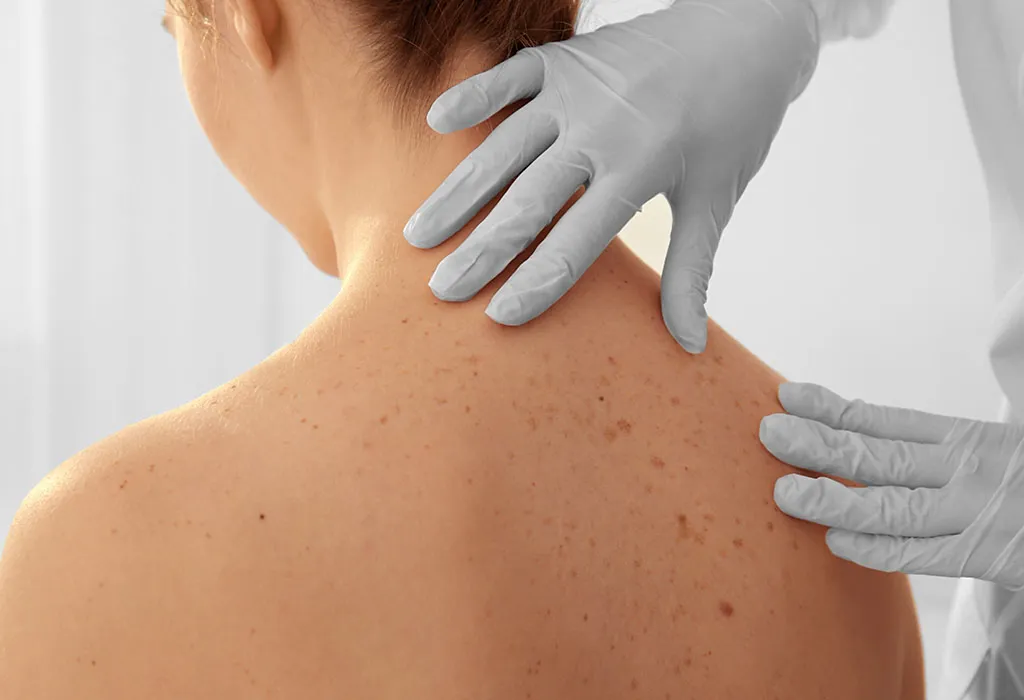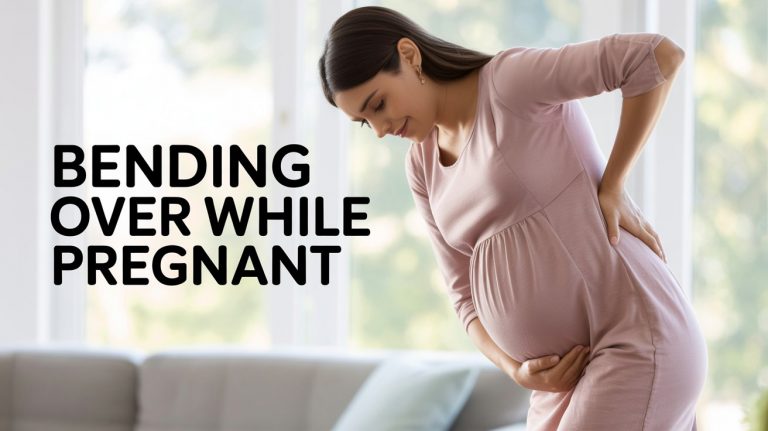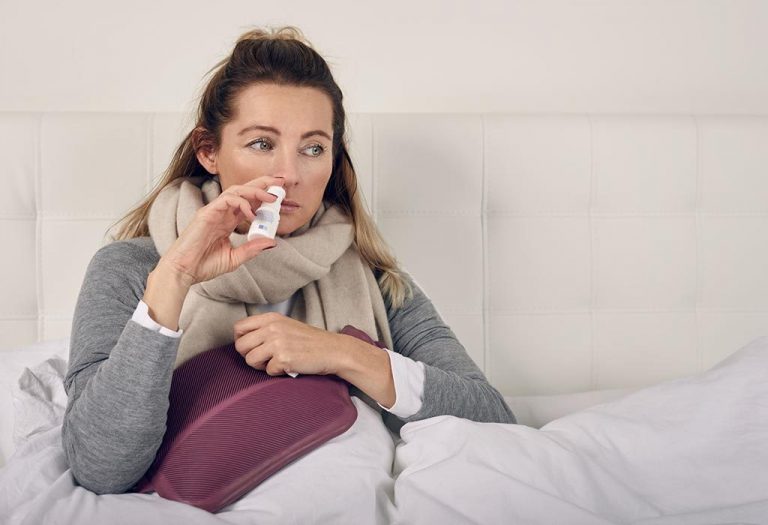Moles During Pregnancy – Causes, Risks, and Treatment

One thing that is certain during the pregnancy phase is the change in various physical, mental and physiological parts of a woman’s body. One noticeable physical difference that occurs is moles. Moles tend to change in size, shape, texture, and colour during pregnancy, and this can be attributed to the various hormonal changes a woman’s body is undergoing during this period (1).
Identifying a change in your mole structure during this period can be tricky and hard, but being aware of this change is important. Read on to know more about moles during pregnancy and how they’re caused, the risks involved, and the changes to look out for.
What Are Moles?
Moles are small blemishes or spots that are present on our bodies (2). Most moles are generally inherited from parents, which means they’re genetic. They occur when a lot of melanocyte cells cluster together. They are usually light brown or black in colour and can range anywhere between 1 to 100 on an individual’s body.
Moles can be bulged, flat, smooth, or rough. They can also, in some cases, have hair growing on them.
What Causes Moles While Pregnant?
If you notice your moles getting bigger during pregnancy, there are a few reasons behind this. During the gestation period, they tend to appear on the abdomen and breast areas, as these are the body parts that undergo a lot of change. Even existing moles tend to get bigger and darker. Some of the reasons that moles occur more prominently during pregnancy include:
- The changes are benign most of the time and occur mainly because of changes in the hormones in your body.
- Freshly formed moles sometimes appear during pregnancy, but they disappear as soon as you give birth.
- If there are asymmetrical moles on your body that change in size, colour, or shape too often, then you should go to a doctor and get them checked.
Is Getting Moles During Pregnancy Harmful?
Moles occurring during pregnancy aren’t necessarily harmful. However, you need to look out for a few signs of old and new raised moles in pregnancy, just in case, and get your skin checked during this time to ensure that it is safe. Here is what you need to look out for:
- Some benign moles can change to malignant melanoma. Melanoma is a fast-growing black spot and a fast-growing skin cancer (2).
- If a mole, whether it is new or is already a pre-existing one, turns red and feels itchy or bleeds.
- Melanoma in pregnancy can be treated at an early stage where the malignancy is restricted to just the skin’s surface.
- The moles have uneven borders and colour tones.
- A flaky crust has formed, and the moles are raised from the skin’s surface.
Can You Get Moles Removed While Pregnant?
There is limited scientific research done on the safety of removing moles in pregnant women. Local anaesthetics like lidocaine, commonly used to numb the area during mole removal, are generally considered safe during pregnancy in small amounts (3). There are concerns about potential teratogenic effects on the fetus with higher doses or exposure during the first trimester.
How Are Moles Treated in Pregnancy?
In most cases, moles do not require any specific treatment during pregnancy. They are generally monitored for any changes that may occur due to hormonal fluctuations.
You might consider mole removal if:
- Your doctor suspects that the mole could be cancerous or abnormal.
- The mole causes discomfort or you wish to have it removed for cosmetic purposes.
Is It Normal for a Mole to Change When Pregnant?
Are moles growing during pregnancy related to any complications for the mother? Melanoma occurring in women shows signs identical to that in non-pregnant women:
- If you have certain patches or spots that are changing shape and sizes frequently with bleeding or itching, then you need to get it checked.
- You can use the ABCDE, introduced in 2004, rule to self-evaluate your moles whilst pregnant (4):
-
- A – Asymmetry: When half of the mole’s shape does not match the other half. Simply put, the mole’s shape is distorted and irregular.
- B – Border: The border or the edge of the mole is irregular, not defined, scalloped, or rugged to look at.
- C – Colour: The colour of the mole is not the same throughout. The spot can vary in different shades, such as white, red, brown, blue, or black.
- D – Diameter: In a situation where the diameter is bigger than 6 mm., then the mole could be malignant. A malignant mole can also be slightly smaller in size.
- E – Elevated: The mole is not flat-surfaced but is bulged, jutting out, or elevated.
Do Pregnancy Moles Go Away?
Pregnancy moles go away most of the time. If they’re still present a few weeks after childbirth and are hurting your body, you need to get it checked.
When to See the Doctor?
Changes in moles during pregnancy are common due to hormonal shifts, but certain changes may require medical attention. You should see your doctor if:
- A mole changes in size, colour, or shape noticeably.
- The edges become irregular or the mole develops multiple colours.
- You notice itching, bleeding, or crusting on or around the mole.
- The mole becomes painful, swollen, or inflamed.
- A new mole appears that looks different from your existing ones.
FAQs
1. Can you get new moles on your breast during pregnancy?
Yes, it is possible for moles to appear anywhere on the body, including breasts, during pregnancy.
2. Can changes in moles during pregnancy be hereditary?
Moles are harmless clusters of melanocytes that result from alterations in the proteins regulating these cells. Studies have investigated the genetic impact of BRAF and similar genes on melanocyte aggregation. However, there is scant scientific evidence that links pregnancy and moles with genetic factors (5).
3. How can you protect your skin from sun exposure and prevent the formation of new moles during pregnancy?
Pregnant women can limit sun exposure by staying indoors and running errands in the early morning or when the sun is about to or has set. While venturing out in the sun, you can limit the damage by wearing protective clothing like long-sleeved dresses to cover you properly or applying sunscreen on exposed areas (6).
4. Is it OK to use topical treatments for existing moles when pregnant?
Instances of significant skin injuries during the application of topical treatments on existing moles during pregnancy have been reported many times. Consequently, it is highly advised that pregnant women take medical guidance before using any such topical treatment and check the components of the topical treatments for their efficacy and safety (7) (8).
Moles and pregnancy are often connected, as hormonal changes can alter the appearance of moles. While most changes are harmless, it’s important to watch for anything unusual and consult your doctor if needed. Regular skin checks, sun protection, and timely evaluation of suspicious moles help ensure both your safety and peace of mind.
Also Read:
Boils during Pregnancy
Psoriasis in Pregnancy
Various Types of Allergies During Pregnancy
How to Deal with Rashes in Pregnancy?
Was This Article Helpful?
Parenting is a huge responsibility, for you as a caregiver, but also for us as a parenting content platform. We understand that and take our responsibility of creating credible content seriously. FirstCry Parenting articles are written and published only after extensive research using factually sound references to deliver quality content that is accurate, validated by experts, and completely reliable. To understand how we go about creating content that is credible, read our editorial policy here.
























